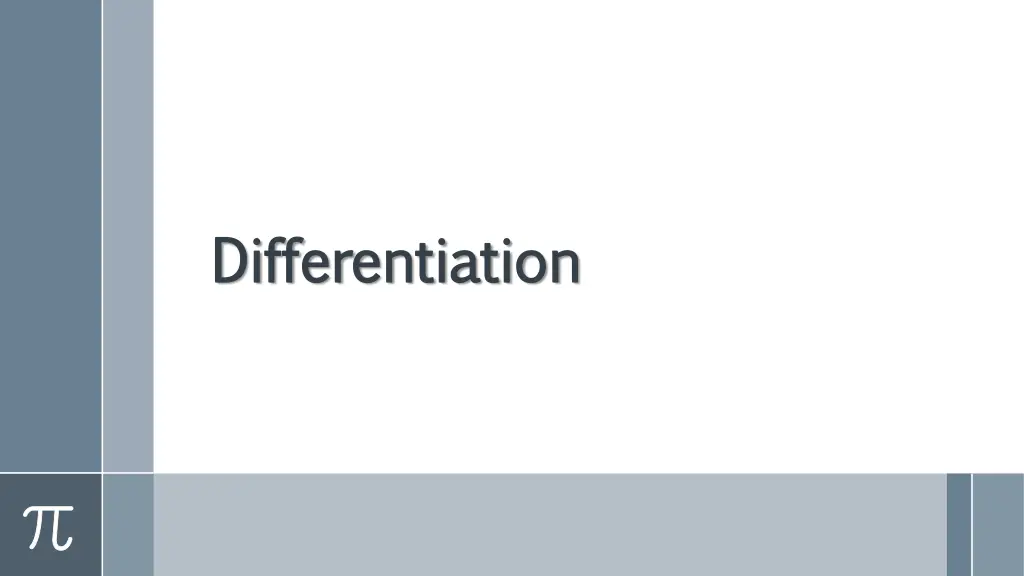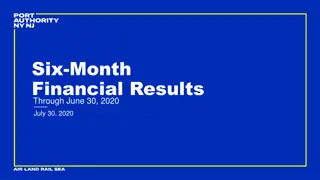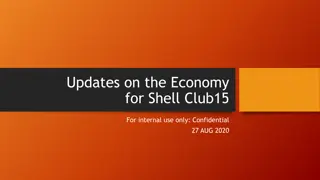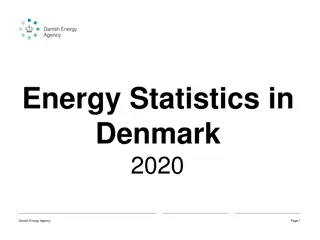
Understanding Differentiation Rules
Explore the concept of differentiation rules in calculus, including definitions, examples, and theorems such as differentiability implying continuity. Learn about derivative calculations, power rules, and how to differentiate constant and power functions effectively.
Download Presentation

Please find below an Image/Link to download the presentation.
The content on the website is provided AS IS for your information and personal use only. It may not be sold, licensed, or shared on other websites without obtaining consent from the author. If you encounter any issues during the download, it is possible that the publisher has removed the file from their server.
You are allowed to download the files provided on this website for personal or commercial use, subject to the condition that they are used lawfully. All files are the property of their respective owners.
The content on the website is provided AS IS for your information and personal use only. It may not be sold, licensed, or shared on other websites without obtaining consent from the author.
E N D
Presentation Transcript
Differentiation Differentiation
Differentiation Differentiation by definition Differentiation Rules
Differentiation by definition Definition Definition The derivative derivative of the function (x) with respect to the variable x is the function ? whose value at x is ? ? + ?(?) ?(?) = lim 0 provided the limit exists.
Calculating Derivatives from the Definition Calculating Derivatives from the Definition The process of calculating a derivative is called differentiation differentiation. To emphasize the idea that differentiation is an operation performed on a function y= f (x) we use the notation ? ???(?) as another way to denote the derivative ?(?). Example Differentiate f (x) by applying the definition ? ? ? = ? 1
Sol. Sol. ? ? + ?(?) ? + (? + ) 1 ?(?) = lim 0 ? ? + = ? + ? (? + ) 1 ? 1 ?(?) = lim 0 1 . ? + ? 1 ?(? + 1) (? + 1)(? 1) ? ? = lim 0 1 . ? ? = lim (? + 1)(? 1) 0 1 ? ? = lim (? + 1)(? 1) 0 1 ? ? = (? 1)2
Theorem (Differentiability Implies Continuity) Theorem (Differentiability Implies Continuity) If has a derivative at x = c, then is continuous at x = c. Example Example Differentiate f (x) by applying the definition ? ? = ?2+ 1 Sol. ? ? + ?(?) ?(?) = lim 0 ? ? + = (? + )2+1 (? + )2+1 (?2+ 1) ?2+ 2? + 2+ 1 ?2 1 2? + 2 ?(?) = lim 02? + = 2? ?(?) = lim 0 ?(?) = lim 0 ?(?) = lim 0
Differentiation Differentiation Rules Rules RULE 1 Derivative of a Constant Function RULE 1 Derivative of a Constant Function If has the constant value f (x)=c then ?? ? ??? = ? ??= Example Example Differentiate f (x) by applying the definition f (x) = 3. Sol. Sol. ? ? + ?(?) ?(?) = lim 0 f (x+h) = 3 3 3 ?(?) = 0 ? ? = lim = ?(?) = lim 00 0
RULE 2 Power Rule for Positive Integers RULE 2 Power Rule for Positive Integers If n is a positive integer, then ? ????= ??? 1 Example Example Find the derivative of ? ???3 Sol. Sol. ? ???3= 3?2
RULE 3 Constant Multiple Rule RULE 3 Constant Multiple Rule If u is a differentiable function of x, and c is a constant, then ? ??(??) = ??? ?? Example Example Find the derivative of ? ??4?5 Sol. Sol. ? ??4?5= 4? ???5= 4(5?4) = 20?4
RULE RULE 4 Derivative Sum Rule 4 Derivative Sum Rule If u and v are differentiable functions of x, then their sum is differentiable at every point where u and v are both differentiable. At such points, ? ?? ? + ? =?? ??+?? ?? Example Example Find the derivative of ? = ?4+ 12?
Sol. Sol. Let ? = ?4 ? = 12? ?? ??= ? ?? ? + ? =?? ??+?? ?? ? ???4= 4?3 ? ??12? = 12 Then ?? ??= 4?3+ 12
Example Example Find the derivative of the following polynomial ? = ?3+4 3?2 5? + 1 Sol. Sol. ?? ??= ? ???3+ ? ?? 4 3?2 ? ??5? + ? ??1 ?? ??= 3?2+4 32? 5 + 0 = 3?2+8 3? 5
RULE 5 Derivative Product Rule RULE 5 Derivative Product Rule If u and v are differentiable at x, then so is their product uv, and ? ?? ?? = ??? ??+ ??? ?? Example Example Find the derivative ? = (?2+ 1)(?3+ 3) Sol. Sol. Let Let ? = ?2+ 1 ? = (?3+ 3) ? ?? ?? = ??? ??+ ??? ??
?? ??= ?2+ 1 ? ?? ? ?? ?3+ 3 + ?3+ 3 ?2+ 1 ?? ??= ?2+ 1 3?2+ ?3+ 3 2? ?? ??= 3?4+ 3?2+ 2?4+ 6? ?? ??= 5?4+ 3?2+ 6?
RULE 6 Derivative Quotient Rule RULE 6 Derivative Quotient Rule If u and v are differentiable at x and if ?(?) 0 then the quotient u/v is differentiable at x, and ??? ?? ??? ?2 ? ?? ? ? ?? = Example Example Find the derivative ? =?2 1 ?2+ 1 Sol. Sol. Let Let ? = ?2 1 ? = (?2+ 1)
??? ?? ??? ?? ? ?? ? ? ?? = (??+ ?)? ??(?? ?) (?? ?)? (??+ ?)? ??(??+ ?) ? ?? ? ? = =(??+ ?)(??) (?? ?)(??) (??+ ?)? ? ?? ? ? =(???+ ??) (??? ??) (??+ ?)? ? ?? ? ? =???+ ?? ???+ ?? (??+ ?)? ? ?? ? ? ? ?? ? ? ?? = (??+ ?)?
RULE 7 Power Rule for Negative Integers RULE 7 Power Rule for Negative Integers If n is a negative integer and ? 0 then ? ????= ??? 1 Example Example Find the derivative of ? =1 ?(?2+1 ?) Sol. Sol. Let ? =1 ? ? = (?2+1 ?)
? ???? = ??? ??+ ??? ?? ?? ??=? ? ?? ??+? + (??+? ?)? ? ? ? ? ?? ? ?? ? ?= ? ?? ? ?= ?.? ?= ? ?? ? ?? ??+? = ?? ? ?? ? ?? ??=? ? ?? ??+? + (??+? ?)? ? ? ? ? ?? ?? ??=? ?? ? + ??+? . ? ?? ?? ? ? ?? ??= ? ? + ? ? = ? ? ?? ?? ??






















